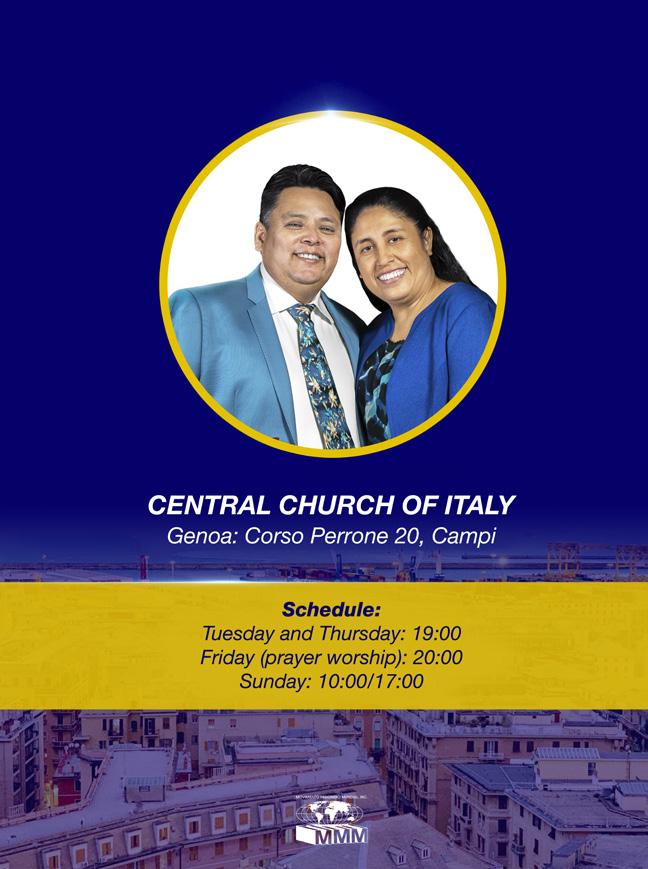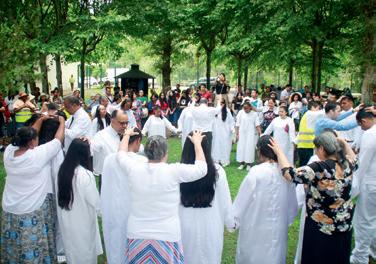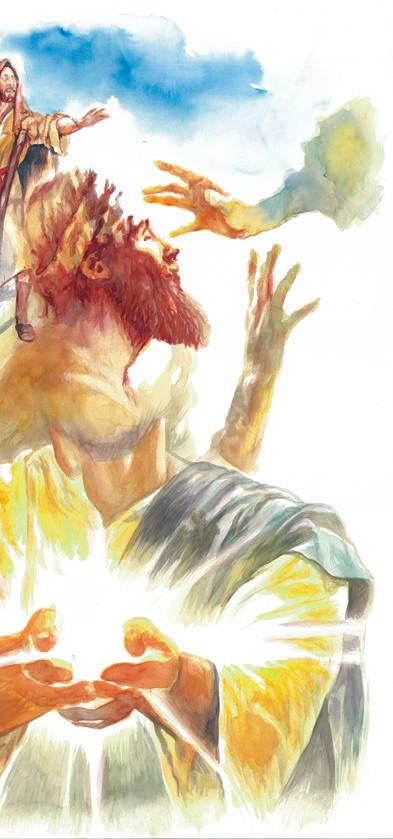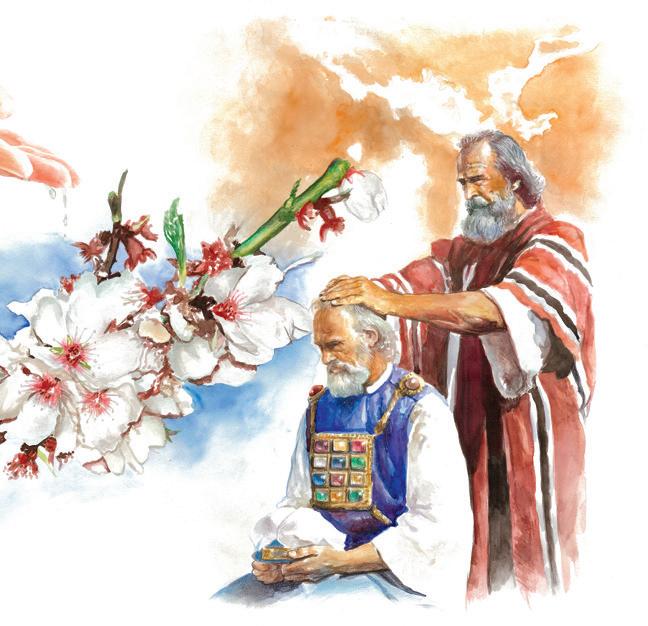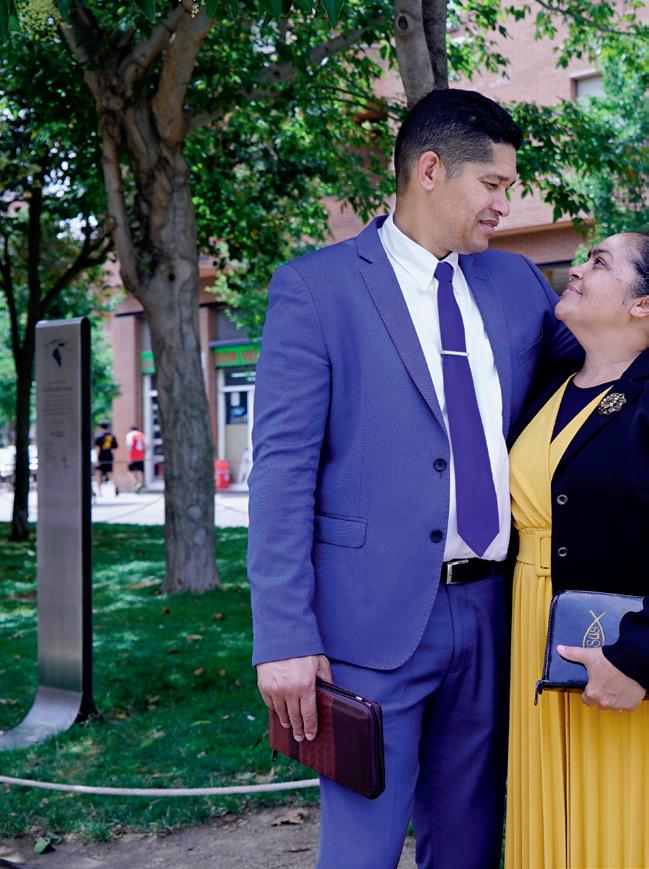
3 minute read
Teaching THE LESSON OF EBONY
from 788_English
THE LESSON OF EBONY TEACHING
The Bible only mentions ebony once, in the book of Ezekiel (Ezekiel 27:15). But this sole reference means a vital lesson for Christians. (*)
Advertisement
D. ebenaster, D. philippensis y D. nigra. But there is also “Philippines ebony.” “green India ebony,” “white ebony,” “Gabon ebony,” “Madagascar ebony,” “red Mauritius ebony,” etc., each with their respective associated species, which gives some idea of the enormous diversity of ebony trees and ebony wood that exists.
The Bible only mentions ebony once, in the book of Ezekiel, in relation to the prosperous maritime trade and the splendor of the port-city of Tyre. This chapter refers to the fact that, despite the grandeur and luxury
The word ‘ebony’ comes from hobní in Hebrew and also hbny in Egyptian. The literal meaning of these terms is “stone” or “wood stone,” on account of its extraordinary harness. Its generic name Diospyros comes from a Greek word which etymologically means “the grain or fruit of God.”
In ancient times, the merchant ships of Tyre imported ebony and ivory from the coasts of the Indian Ocean, as the Phoenicians traded with products of this kind. The dark color of ebony, as well as its density and the fact that it was so easy to polish, made it easy to combine with white ivory, so it was highly appreciated in marquetry and ornamentation.
It has also been used to make knife-handles, brushes and tools, musical instruments such as clarinets, chessfigures, black piano-keys, animal-figures and so on. From the 13th century onwards until the Baroque period, ebony was used in Europe to make luxury objects like furniture with a black veneer (hence the Spanish term ‘ebanistería,’ “cabinet-making” in English) and exotic desks. However, the mahogany trade, in the 18th century, led to ebony gradually being abandoned.
There are many species of ebony tree, both in Asia and in Africa, although not all of them have such uniformly dark wood. Ebony trees belong to the Ebenaceae family, usually reach a height of between 20 and 30 meters, have a broad crown and a thick trunk. The trunk has a light-colored bark (sapwood) surrounding the black heartwood, which is the highly appreciated ebony wood. The leaves of authentic ebony trees are lanceolate, dark green in color and are arranged alternately on the stems. The flowers are also usually green, and the fruit takes the form of round, yellowish berries. However, there is actually a range of different species which are sometimes grouped together under the same common name. For example, the so-called Bombay or Ceylon ebony includes the species D. bupru, D. ebenaster, D. ebenum, D. melanoxylon, D. peregrina, D. silvatica, etc.; the name “Manila ebony” is given to the species
of this city, its inhabitants were utterly indifferent to the most basic moral principles.
All that really mattered to them was trade and the material wealth that it brought them, even though they achieved this wealth by means of morally unscrupulous conduct. They saw themselves as gods, believing that they depended on themselves alone to achieve wealth and well-being. They forgot God completely, and the consequences were catastrophic. The city of Tyre was erased from the face of the earth.

The lesson could not be clearer: every society that turns its back on Almighty God and consciously sets its face against His will, whatever the material prosperity it might be experiencing, will come to nothing. Sooner or later it will disappear.
Today there are many people who do not believe in God, but He is still in control of the history of the world, and in the end, He will pronounce judgement on it.
(*) Retrieved from http://evangelicalfocus.com

